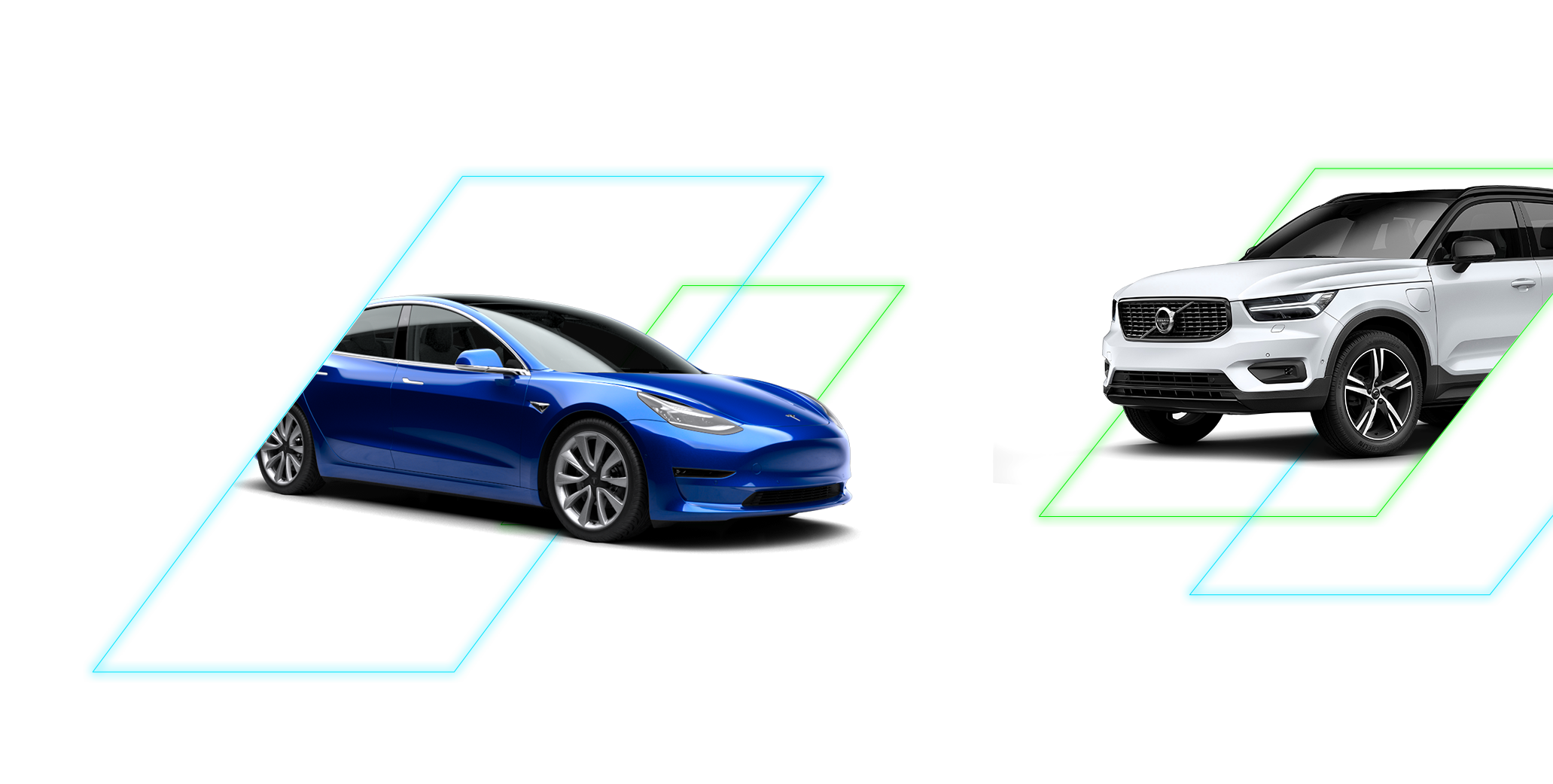With the government bringing forward its ambition to 2035 for all new vehicles to be zero-emitting, now is the time to develop and implement your fleet transition strategy to help your business meet its sustainability targets.

1. Have a bold ambition
All fleets are unique and at different stages in their transition to electric vehicles. So, on the path to achieve your bold ambition, it’s important to break down larger goals in to smaller, more achievable targets that deliver for your fleet.
Start with the fundamentals;
- Offering an electric option in every car grade and a clear driver policy
- Completing a trial of electric vans (if applicable)
- Ensuring there is a charging infrastructure at workplace locations
After laying the foundations, set clear targets to help maintain focus and track progress and look at how you can adapt policy to increase uptake. Tracked metrics may include percentage of electric new vehicle orders or a total reduction in CO2 emissions.
2. Engage and educate employees
Moving to electric as a means of powering a vehicle can be daunting for your employees, therefore understanding potential barriers to adoption of an electric vehicle is crucial. Focus on designing policy and issuing clear communications that help to inform employee choice and remove these perceived barriers. Engagement and education is pivotal to a successful uptake.

3. Let the numbers speak
One key aspect in the education piece is to help employees truly understand the benefits an electric vehicle can bring them, both in taxation savings and private fuel costs and their impact on the environment. This may be particularly relevant for those employees who have opted out of a company car scheme previously and are unaware of the potential savings for electric cars through low BiK and grants – reducing the cost of the car and charge point installation.
For fleet operators of cars or commercial vehicles, using a Whole Life Cost (WLC) methodology for each asset type to compare vehicle costs with petrol and diesel can quickly tell you and your employees if a new vehicle release is a cost-effective option for your vehicle policy.
4. Eliminate range anxiety
Each area of your fleet will need assessing to understand daily travel requirements and if an electric vehicle will meet these.
Small and mid-sized vans are seeing improvements in ranges. This, coupled with an improving public charging network, helps to combat range anxiety for drivers. Successful policies with good uptake offer driver support and education about available vehicles and how to optimise use of home, work and public charging.
90%
90% of current electric car models available have an electric range greater than 100 miles.
5. Stay up-to-date with market changes
It’s now more important than ever to keep up-to-date with what’s on the horizon. Not only should you review the new and upcoming releases of electric vehicles, but you should have a mechanism to get early insight into changes to taxation policy and grant provisions.
Making the switch now ensures that fleets and drivers can take advantage of the significant incentives in place today.
On-demand webinar - How to achieve your fleet aspirations in 2020 and beyond
Our consultancy Bright Sparks provide invaluable insights into how you can navigate the fleet landscape to meet your business’ bold fleet ambitions in 2020 and beyond.
